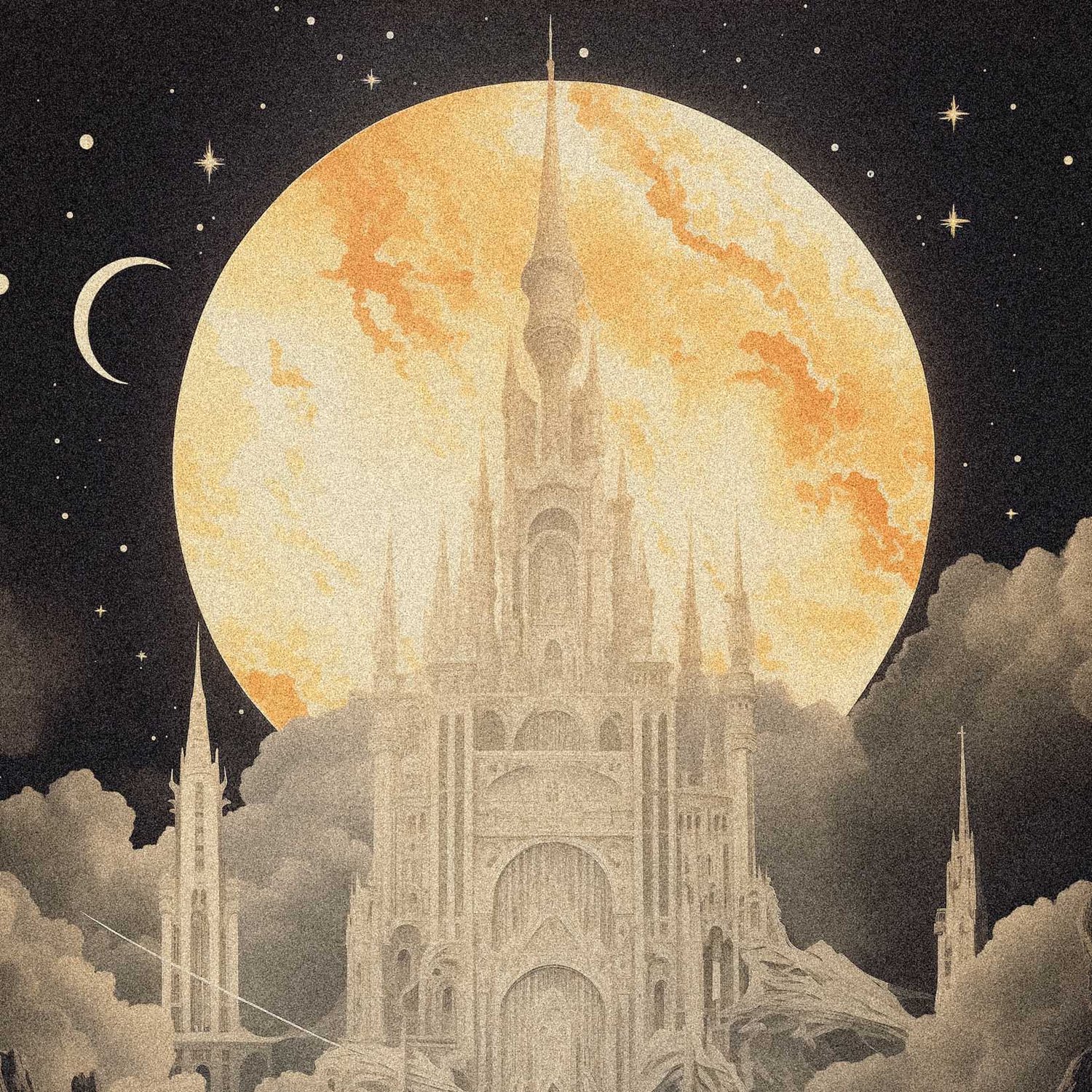Exploring the Depths of Dark Fantasy
Exploring the Depths of Dark Fantasy
It's difficult to define the enigmatic and alluring genre of dark fantasy. The word "dark fantasy" has been entwined with speculative fiction, having originated in the imaginations of such literary luminaries as Gertrude Barrows Bennett, Charles L. Grant, and Karl Edward Wagner. We explore the notion, background, and diverse applications of dark fantasy in this investigation, illuminating its complex character.
Defining Dark Fantasy
It is difficult to define dark fantasy precisely because so many different authors have offered their interpretations. According to Brian Stableford, dark fantasy integrates aspects of horror into conventional fantasy narratives, differentiating between supernatural terror that takes place in the real world and horror that takes place in "secondary worlds." Authors, critics, and publishers have all embraced the word to characterise works that have a similar tone, which is gloomy and frequently melancholic, and that occasionally alludes to horror or fantasy literature.
Concept and History
The name "dark fantasy" is credited to its inventor, Charles L. Grant, who described his particular genre as a "type of horror story in which humanity is threatened by forces beyond human understanding." Dark fantasy has expanded over time to include tales that are narrated from the perspective of a monster or that provide a sympathetic portrayal of supernatural characters, as in Neil Gaiman's The Sandman and Anne Rice's The Vampire Chronicles.
Karl Edward Wagner expanded the definition to include works with ethically dubious protagonists, such as those in Michael Moorcock's Elric saga, and applied it to a fantasy setting. Notably, the magical worlds created by H. P. Lovecraft and Clark Ashton Smith were labelled as "dark fantasy" due to the inclusion of horror elements.
The Reach of Dark Fantasy
Dark fantasy is a genre that crosses conventions and can be found in books written by authors who are generally linked to horror, such as Stephen King's The Dark Tower trilogy, Peter Straub's Shadowland, and Clive Barker's Weaveworld. On the other hand, "darker" works of fantasy fiction by writers well-known for other genres—like Raymond Feist's Faerie Tale and Charles de Lint's books under the pen name Samuel M. Key—are referred to as "dark fantasy.”
My Own Dark Fantasy Realm
Hi there, fellow fans of dark fantasy! Thanks to your unflinching support, our blog—which is packed with tales and inspirations of dark fantasy—is making waves on TikTok, Pinterest, and YouTube. Even more thrilling is the fact that we're creating a captivating Trading Card Game to further engross you in Twilight Citadel's eerie mysteries. Explore the depths of the shadows with our website, where you can get eerie yet lovely phone wallpapers and posters. Furthermore, we've got you covered with free resources like desktop wallpapers and profile pictures to make sure your gadgets are brimming with eerie fantasy atmosphere. Come along with us on this surreal adventure, where fears come true and shadows dance. Are you prepared to welcome the gloom?
Conclusion
When we peel back the layers of dark fantasy, we find a genre that defies categorization, fusing elements of fantasy and horror to create compelling and challenging worlds. Dark fantasy continues to enchant readers and viewers with its mysterious embrace, from its early beginnings with literary pioneers to its modern incarnations in diverse genres of narrative.




